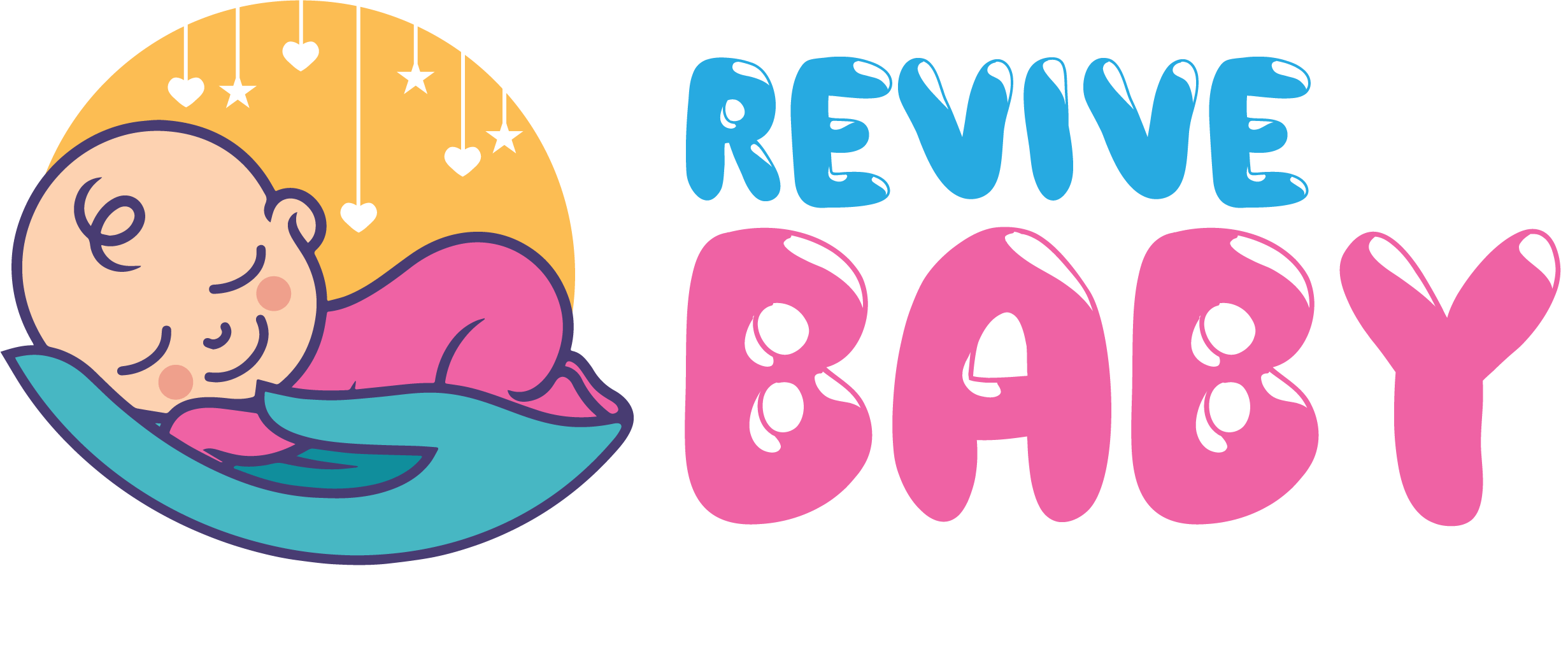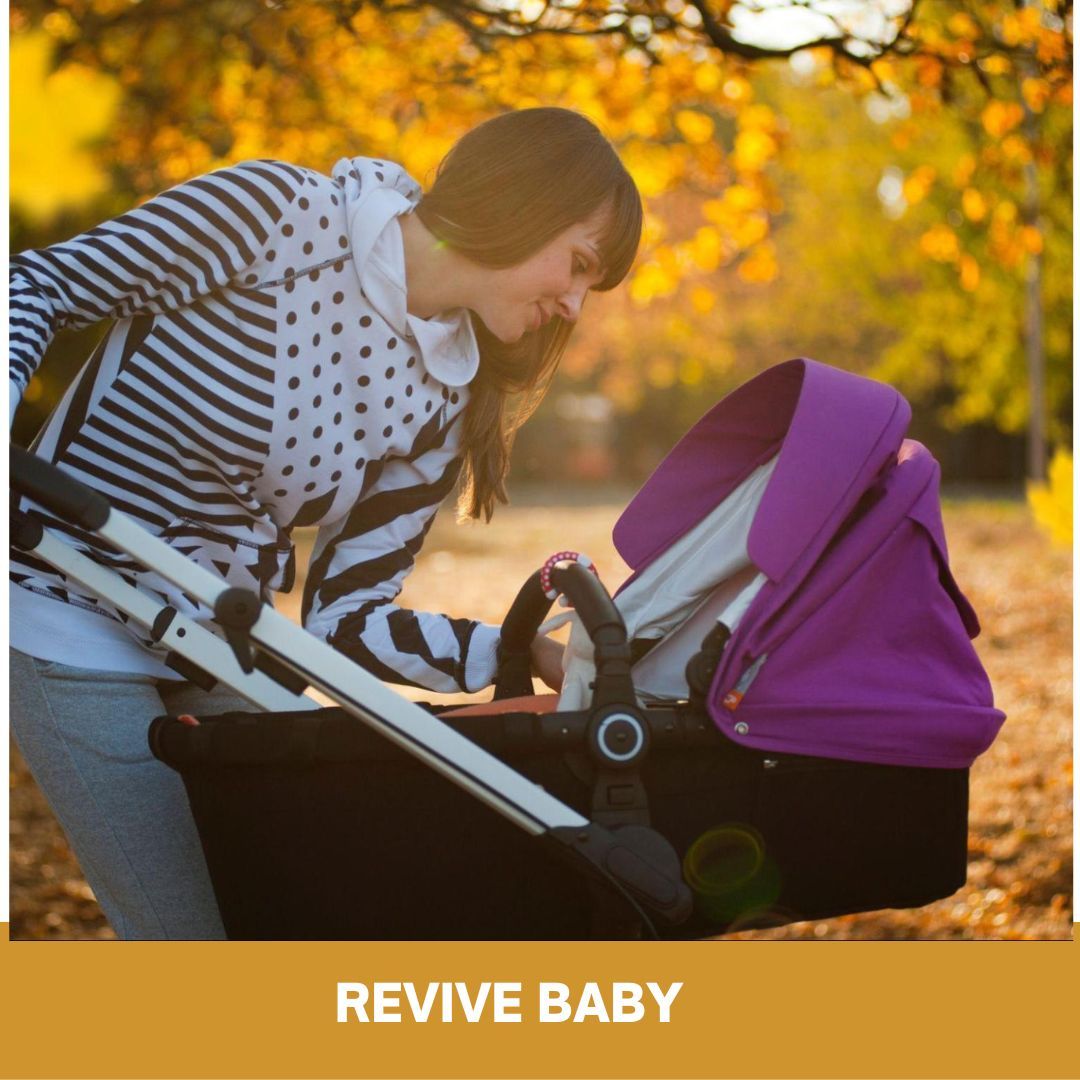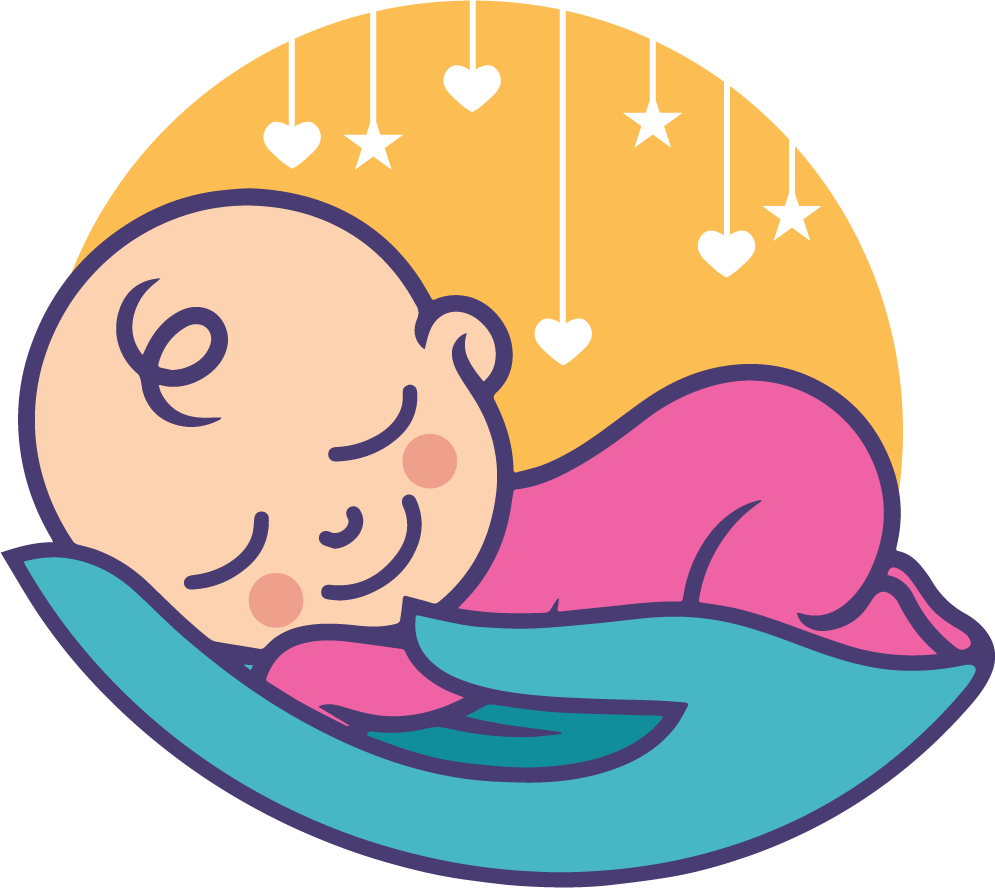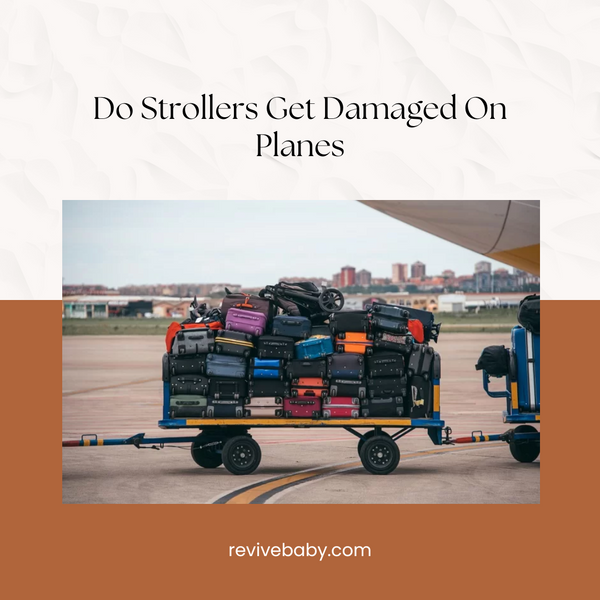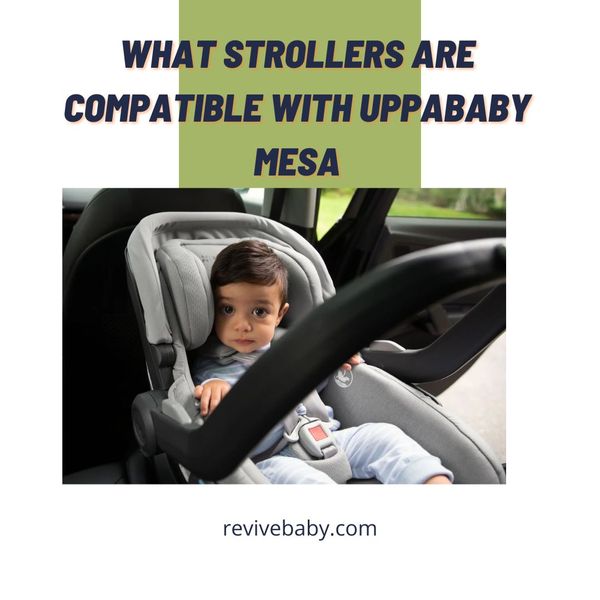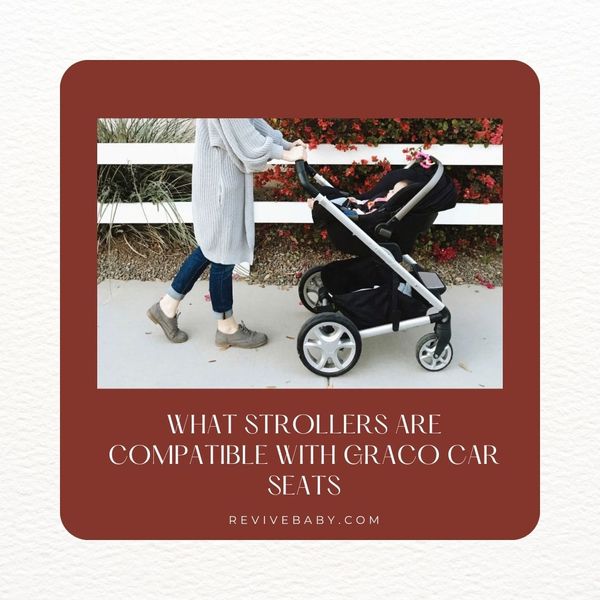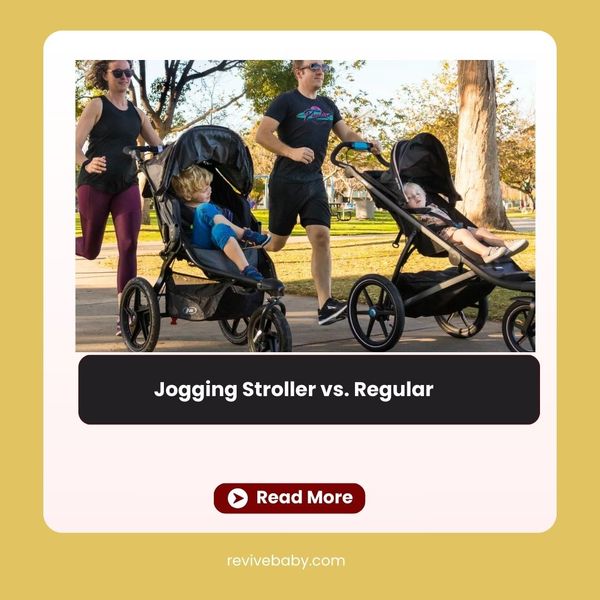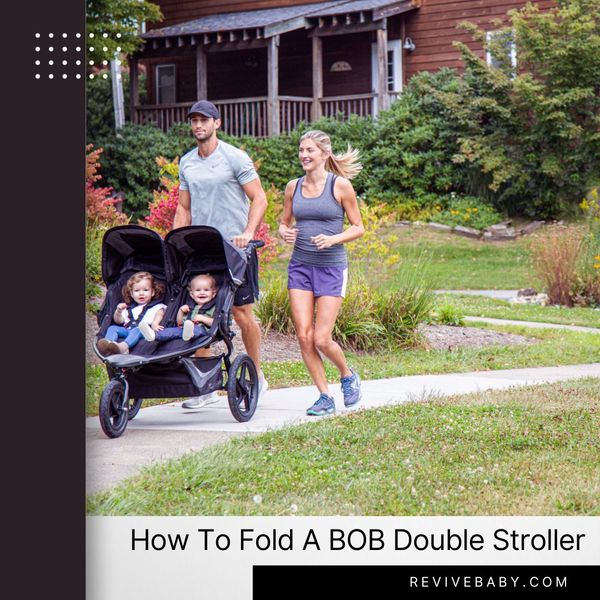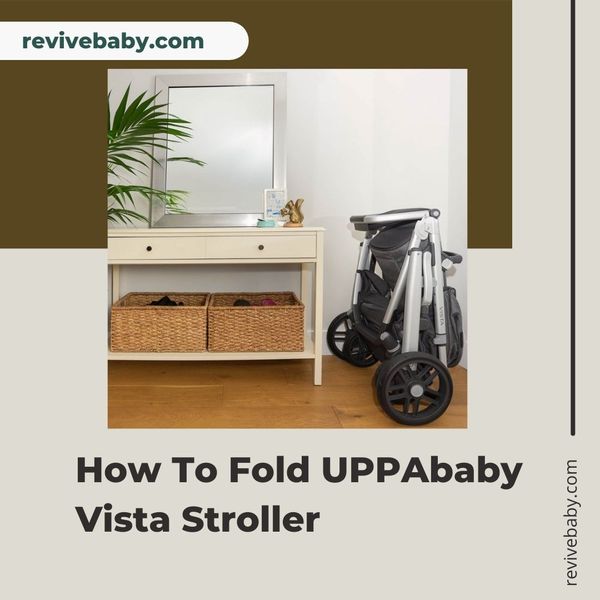It's not always obvious if your youngster can travel in the stroller without a car seat. Even though many parents are eager to start using the stroller, no one wants to endanger their kid. This post will cover some fundamental considerations about when to put the baby in a stroller without a car seat.
As your kid ages, you may decide they no longer need a car seat while traveling in a stroller. It may be tough to make such a choice, but there are a few things to consider first. First and foremost, consult with your child's doctor. They may tell you when your kid can go in the stroller without a car seat. For detailed information, keep reading!
When Should You Use A Stroller Without A Car Seat?
According to most specialists and parents, the optimum moment is when your youngster can sit up independently without help and hold their head up. It might take three to six months for their neck muscles to develop adequate strength to support the weight of their head.

However, due to the continuous debate among parents, there is still much uncertainty regarding the ideal moment to transfer. Consider the following indicators that a baby is now ready to utilize a stroller without a car seat:
- Infants are developmentally ready to move when they can hold their head and neck.
- Their neck muscles are powerful enough to support their heads in this posture.
- Check to determine whether your three- to four-month-old can turn over on your shoulder. His neck muscles are strong yet inadequate if he can keep his head up without help.
- At six months, a baby's neck muscles should be strong enough to keep the head erect in any posture, not just sitting. The baby can no longer use a stroller to travel in a car seat; he may now sit upright and look ahead.
What Should You Consider When Using A Stroller Without An Infant Car Seat?
When using a stroller without an infant car seat, there are several important factors to consider to ensure the safety and comfort of your child. Here are some things to keep in mind:
Age and Developmental Stage: Ensure your child is old enough and has reached the appropriate developmental milestones to sit comfortably in the stroller. Most strollers are designed for children who can support their heads and sit up unassisted, usually around six months.
Stroller Features: Look for a stroller that provides proper support and stability for your child. Choose a stroller with a reclining seat or an adjustable backrest to provide your child with a comfortable and safe position during walks. The stroller should have a secure harness system to keep your child in place.
Weight and Size Limits: Check the weight and size limits specified by the manufacturer for the stroller you intend to use. Ensure that your child falls within the recommended range to ensure the stroller can support their weight properly.
Safety Measures: Always buckle your child using the stroller's safety harness or seat belt system. Make sure the harness fits snugly but allows your child to move comfortably. Additionally, engage any brakes or locking mechanisms when the stroller is stationary to prevent it from rolling away. If you want safe convertible car seats, click here to find the best ones.
Comfort and Support: Consider the stroller's suspension, padding, and overall design to ensure your child's comfort during the ride. Look for a stroller with a canopy or sunshade to protect your child from direct sunlight or unfavorable weather conditions.
Terrain and Environment: Evaluate the terrain you'll navigate with the stroller. Different strollers are designed for various terrains, such as urban sidewalks, uneven surfaces, or jogging paths. Choose a stroller that suits your specific needs.
Storage and Portability: Consider the stroller's folding mechanism and size, especially if you plan to transport or store it frequently. Ensure it fits easily into your vehicle and that you can handle it comfortably.
Parental Supervision: Always watch your child using the stroller, especially when going over bumps or curbs. Avoid hanging heavy bags or purses on the stroller handles, as it can cause tipping hazards.

How Do You Select A Stroller To Meet Your Growing Baby's Needs?
Keep a few things in mind for your baby's safety while searching for a stroller. The information given here is meant to be a guide to help you choose the finest stroller for your requirements.
Location
Large, cumbersome strollers are unsuitable if you and your kid reside in a busy metropolitan region with small streets. A stroller that can be swiftly folded and carried with one hand might be beneficial.
Lifestyle
It is important to consider how you live. Do you like going for early walks? How often do you go outside? Is it just for special occasions? Do you love going on vacation? Do you drive or use public transit around town? These elements have a considerable influence on stroller buying.
Weight And Size
You shouldn't have to tote about a large stroller that won't fit in your hands if you have to take it up a flight of stairs. You're in a bad scenario if this is the case. Examine the stroller when they are folded and when they are not. Check that your child's and stroller's weight are both right.

Conclusion
Most parents would benefit immensely from utilizing a stroller containing a car seat. A dilemma occurs when your kid outgrows the baby car seat and becomes resistant to being pushed about in a stroller. That is when you can put the baby in a stroller without a car seat.
A stroller might be beneficial if you want to take your infant for a walk. Choose a stroller that follows all norms and regulations. Before making a purchase, check the features and user reviews on multiple e-commerce sites to guarantee you're buying a decent stroller.
Choose a stroller appropriate for your child's age to further limit the likelihood of an accident. If a major component of your stroller is damaged or not functioning properly, you should stop using it and get it fixed.
